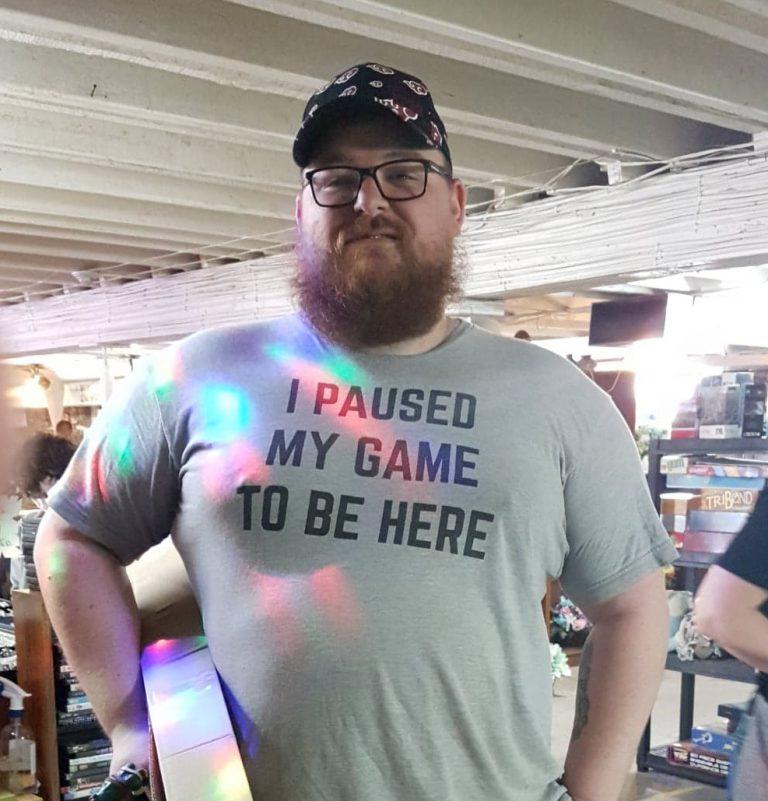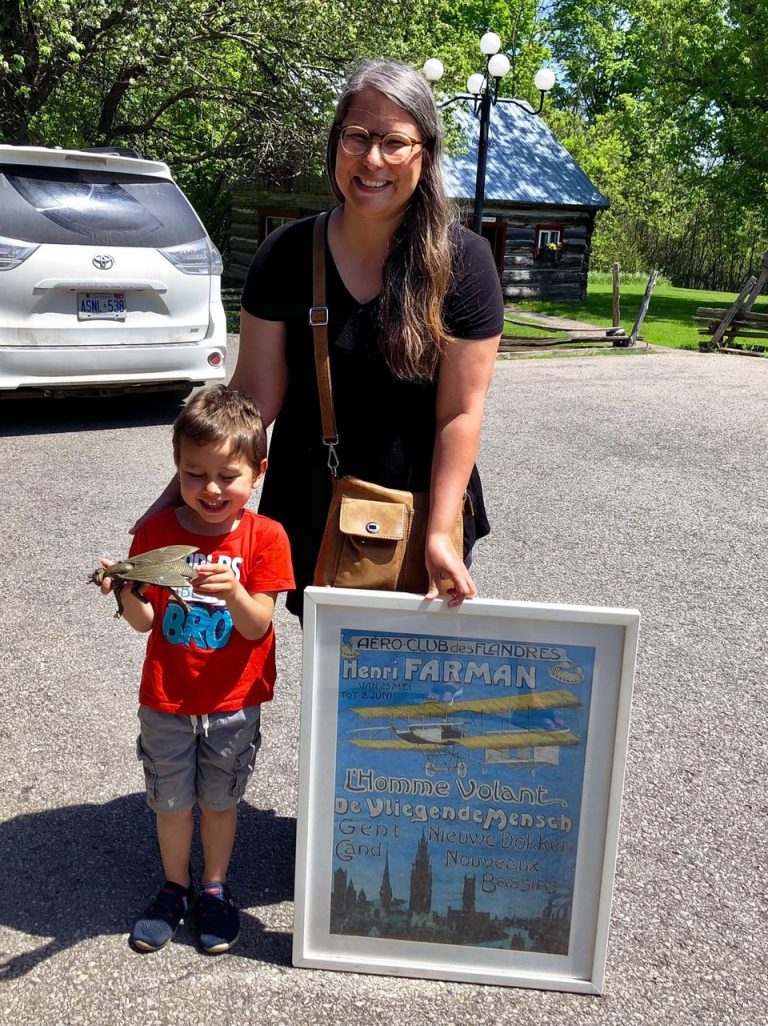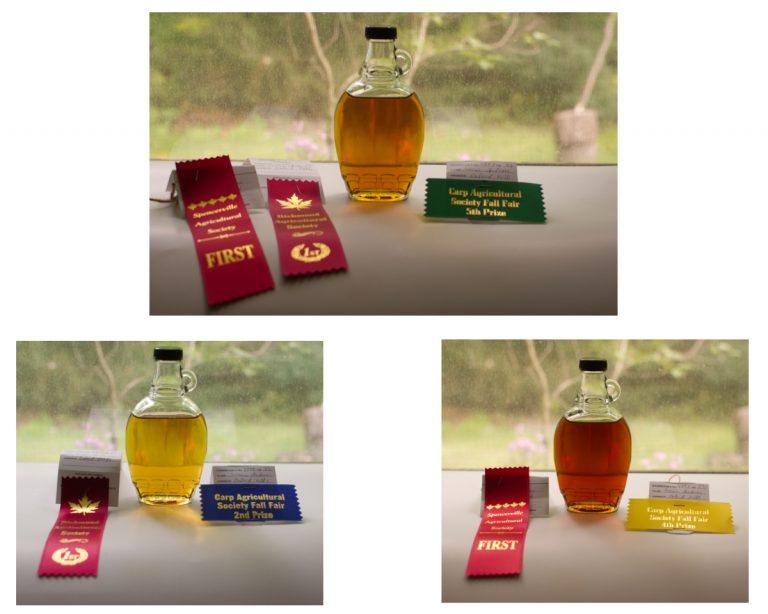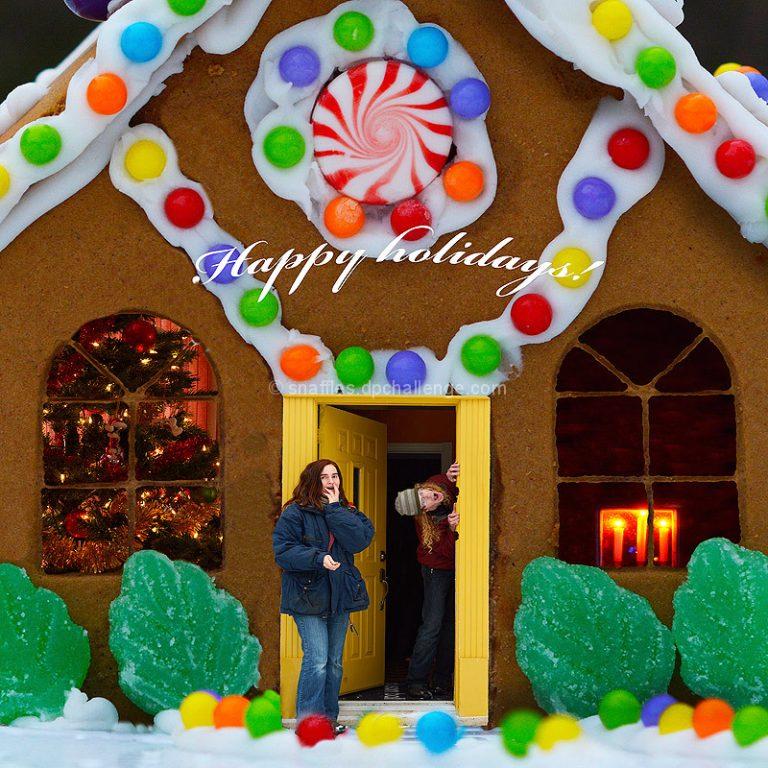Crystal balls and appraisals, oh my!

One of the questions I get asked in the line of appraising is how much something will be worth in the future. It might be a collection of artwork, an armload of knickknacks, or a suite of dining room furniture.
My response is always: I don’t know.
Markets are cyclical. Something I appraise today at current fair market value (FMV) will, in the future, fluctuate in value. I have no way of knowing if that value will go up or down, or when.
I don’t have a crystal ball. Potential clients need to realize this. I can and do track trends, but I cannot possibly predict them. If I see a current upward trend for, say, a particular artist of which the client has several pieces that they wish to sell, I will mention that. But it is not my role to tell them when to sell.
Things get much trickier, however, when asked to appraise anything with a pulse.
Like a horse.
With 30+ years of horse experience under my belt, including several years spent working as a freelance trainer and instructor, I have seen my share of horses for sale. Often I have had to determine which horse would be best for a client, and have then continued to have that client for a number of years, riding the horse that I advised them to buy. Had the clients I advised on horse purchases turn out to be unsuitable, I would have had a very short freelance career.
Recently I was asked to appraise the value of a show horse in the event that the sellers, the current owners, wished to buy it back. This highly unusual stipulation gave me pause. It’s quite one thing to appraise the value of a horse that is being bought or sold. However, as I suspected, even lifelong horse people had never heard of such an appraisal being done before.
There is no way to determine the potential value of the horse in this scenario, because there is no way to tell what might happen to it in the future. Of course the new owners can swear that the horse will get only the best care, which is great. Ideally a horse will never get mistreated, sick, or injured and will climb the ranks during its show career, which would likely increase its value, and have a long, happy, trouble-free life while in that owner’s care.
*Waiting for the knowing chuckles from fellow horse people to subside*.
They’re chortling because many in the industry will joke that horses are born trying to commit suicide.
There are countless ways in which a horse can hurt itself. They are prey animals and it doesn’t take much for a horse to get into trouble. A high-spirited romp in a paddock with slick ground can result in a pulled tendon, which means months of stall rest. A kick from another horse. I’ve known horses to spook and bolt at the sound of their rider sneezing. (Nobody was hurt).
There is colic, the number one killer of horses. Essentially it is a stomachache. No biggy to us humans, but the peculiarities a horse’s gut, including their inability to regurgitate, makes them very vulnerable. Certainly, the stress of a show career can bring on colic and other complications like ulcers.
There are myriad outside causes. An unseen sharp edge on a stall wall. Someone unknowingly feeding mouldy hay. A reckless rider. A farrier inadvertently pricking the sole of a hoof with a horseshoe nail, rendering the horse sore on that foot. A vet misdiagnosing a medical condition.
Finally, of course, is the fate that awaits us all. It can come sooner than expected.
In conclusion, it is important as a potential client to be reasonable in your expectations. As an appraiser, I do the best that I can with the knowledge available to me. I will look to the past, and to the present, often up to the moment for values. That’s my job.
But please, don’t ask me to predict the future.
That’s all for now folks, have a great rest of your week!







